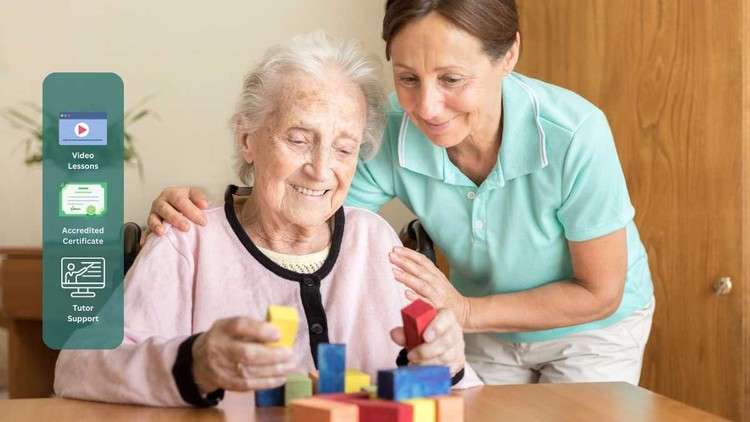
Master Adult Safeguarding: Ensure empowerment and protection of at-risk Adults
What you will learn
Identify and Address Adult Mistreatment
Grasp the concepts of vulnerability and risk factors among adults in various settings.
Recognize the importance of safeguarding as a proactive approach to ensuring the well-being of at-risk adults.
Navigate Legislation and Ethical Responsibilities for Comprehensive Protection
Explore the legal frameworks and ethical obligations that guide safeguarding practices for both adults and children.
Understand the roles and responsibilities of professionals in social care, teaching, and related fields.
Description
This course is suitable to provide a general awareness of safeguarding responsibilities in the workplace, recognise potential safeguarding concerns, and be able to act upon them appropriately.
The objective of this course is to ensure every adult is protected from abuse and can exercise their basic human right irrespective of race, religion, gender or location. If you aspire to or already work in the health and social care sectors, you will need to learn about the legislation as well as the nuances of the subject matter. The course provides an in-depth overview of how to tackle safeguarding issues and help adults preserve their basic rights.
Not all abuse can be seen because not all mistreatment is physical and this course helps you understand when and how to make assumptions regarding abuse. We trace the roots of abuse and neglect, which can appear in many forms, and describe the types and possible indicators of various types of abuse: physical, emotional, sexual, domestic, discriminatory and financial. Older people suffering abuse can be afraid and embarrassed to talk about it so we show you how to spot signs of abuse in older people. We discuss the importance of communication in care settings in detail. Communication is defined by more than the words we use and we cover different channels, including verbal, non-verbal and written communication. The course also demonstrates how listening and paying attention plays an important role in handling complaints from either the client or their family.
The aims of safeguarding are to prevent harm, abuse and neglect and to reduce the risk of abuse to people with care needs. Enrol now and equip yourself and your organization to ensure the protection of vulnerable adults.
Content